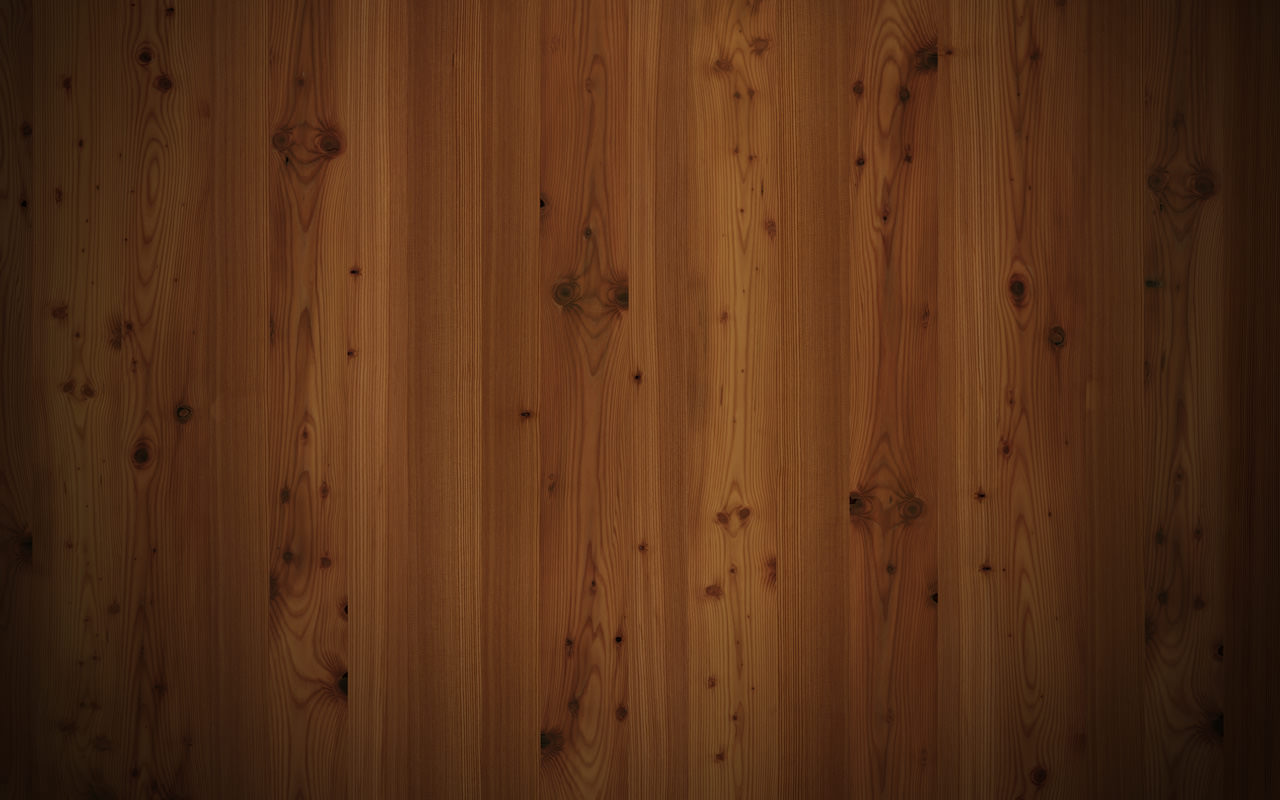
 www.entnet.org
www.entnet.org
65
Figure 3.23
Medial canthal incisions to approach medial
orbital fracture—double Z-plasty on the right,
and gull-wing incision on the left.
Figure 3.24
Exposure of the left medial orbital fracture
for repair and release of entrapped orbital
tissue, as viewed from patient’s right side.
Figure 3.25
Traction on the medial rectus muscle to
release entrapment in medial orbital fracture.
ethmoid arteries (Figures 3.23 and 3.24). The exposure is sufficient to
reduce medial orbit entrapments and fixate the intercanthal distance to
the proper width (Figures 3.25 and 3.26). The incision can be extended
superiorly (as with a Lynch incision) to expose the region of the
trochlear slip, if that structure needs repair, or can be reattached to the
superior-medial orbital wall. If the incision is extended much beyond 1
centimeter, it is wise to incorporate a small Z-plasty to reduce the risk
of web formation in this concave anatomic area.
Figure 3.26
(left)
Completion of medial orbital repair
and release of orbital contents.










